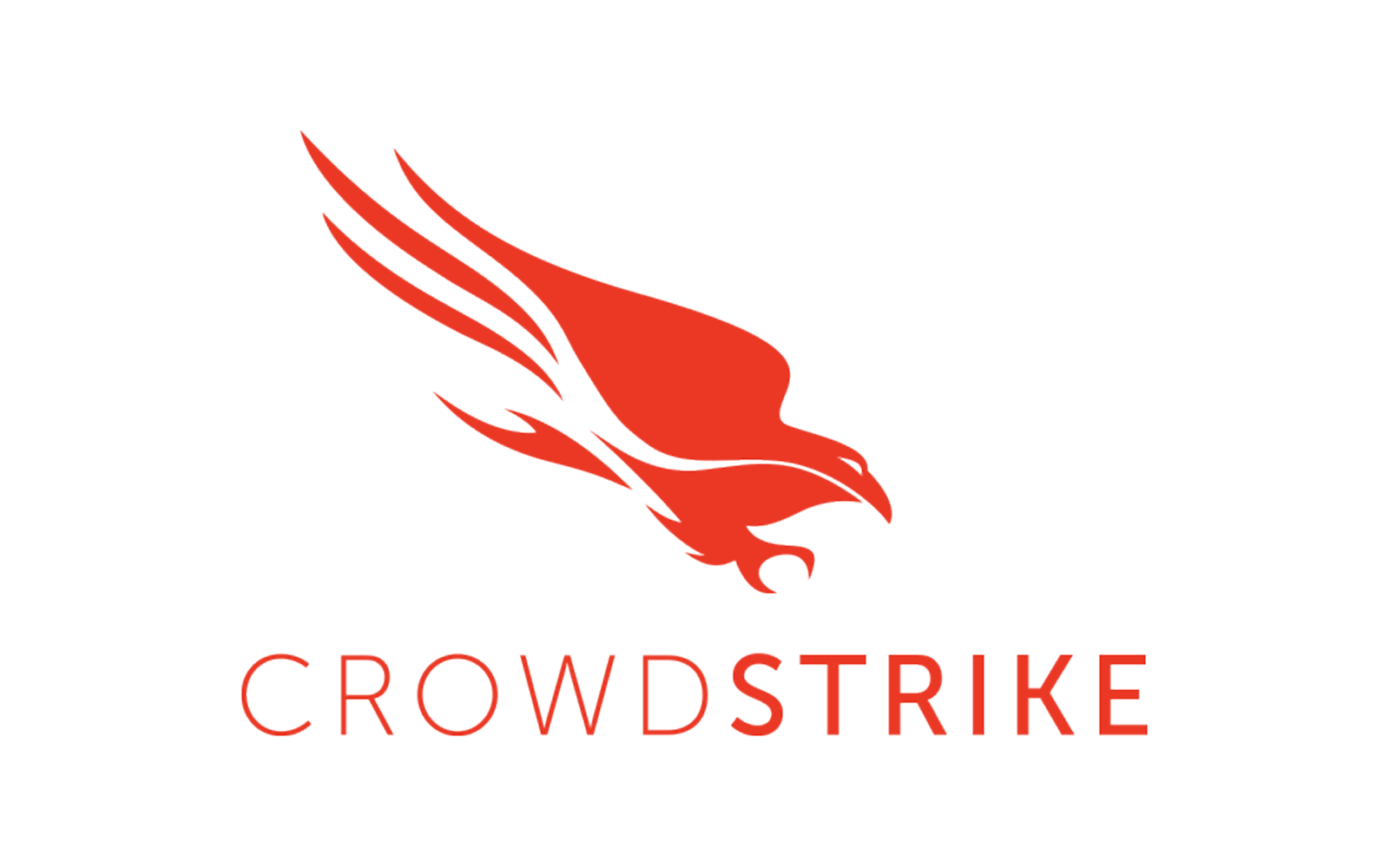
For years, cloud computing has been framed as a technology decision. It has lived in the IT budget. It has been championed by CIOs. It has been justified by innovation goals, user experience, and development speed. All of those reasons still matter, but the framing is outdated. Cloud is no longer just about digital transformation. It is about financial transformation.
In today’s economic environment, where capital is tighter, risk is higher, and volatility is the norm, cloud computing should be viewed as a strategic decision that lives on the balance sheet. This is not about uptime or application speed. It is about liquidity, capital efficiency, and enterprise flexibility. It is about lowering your weighted average cost of capital, improving EBITDA margin, and gaining optionality in a market that no longer rewards rigidity.
Cloud computing is not just a technology platform. It is a financial structure. And for the modern CFO, that is exactly where the conversation should begin.
---
Fixed Infrastructure Creates Financial Drag
Traditional infrastructure is capital intensive. You buy servers and software licenses. You lease space in data centers. You hire teams to maintain hardware, monitor uptime, and manage compliance. These investments are capitalized and depreciated over time, but they do not scale with revenue. They are fixed commitments in a variable world.
This approach assumes stability. It assumes you can accurately predict capacity and demand years in advance. It assumes that the systems you build today will still be the right ones in three years. That model worked when the market was steady and capital was cheap. It is misaligned with reality today.
Fixed infrastructure adds friction. It delays pivots. It locks in spend. It inflates the asset base and limits cash flexibility. For any CFO managing working capital, IRR on digital investments, or asset turnover, this is a red flag. Fixed technology assets reduce agility. They make your business slower to respond and more expensive to change.
---
Cloud Improves Capital Efficiency
When you move core infrastructure to the cloud, you are not just outsourcing hardware. You are replacing capital expenses with operating expenses. You are shifting from long-term bets to short-term commitments. You are gaining a consumption-based model that can scale up or down as the business requires.
From a capital structure standpoint, this improves asset efficiency. Your balance sheet gets lighter. Your depreciation burden disappears. You reduce the fixed asset base that drags on return metrics. Instead, you allocate cost in real time, based on value delivered. That improves internal rate of return and makes digital investments easier to justify.
Cloud also removes the timing mismatch between capital planning and operational needs. You do not need to wait for annual budget cycles to grow capacity. You can reallocate spend dynamically, just like you would with marketing or sales investments. This makes cloud not only a better cost model, but a better planning model.
---
Cloud Enhances EBITDA and Reduces WACC Risk
CFOs are judged by more than budget control. They are responsible for earnings quality, capital allocation, and risk exposure. Cloud infrastructure helps in all three areas.
By reducing depreciation and smoothing costs, cloud improves EBITDA transparency. It replaces large, lumpy capital events with predictable, recurring operating expense. This is particularly useful when preparing for an acquisition, valuation event, or capital raise, where clarity of earnings is a major factor in pricing.
From a risk perspective, cloud lowers your dependence on physical assets, regional infrastructure, and in-house talent that can be difficult to scale or replace. It shifts execution responsibility to vendors who are already audited, certified, and globally redundant. This reduces the operational risk premium that can inflate your weighted average cost of capital.
It also improves your disaster recovery posture, which matters more than ever in industries with regulatory scrutiny or reputational sensitivity. IBM Cloud, for example, provides compliance-aligned infrastructure for regulated industries, with embedded data protection, geographic failover, and automated backup. These are features you would spend millions replicating internally. In the cloud, they are built in.
---
Total Cost of Ownership is Only Part of the Story
CFOs are right to scrutinize total cost of ownership. Cloud is not always cheaper in the short term. But cost is not the whole story. The real value lies in flexibility, speed, and financial clarity.
With cloud, you no longer have to overbuy capacity. You stop paying for unused infrastructure. You gain transparency into real-time usage and the ability to optimize workloads based on cost performance. You get cost tied to outcome, not to speculation.
And because cloud spending can be tracked with precision, it enables stronger cost governance. Finance and IT can work from the same playbook, using shared data to inform both performance and planning. That alignment is a competitive advantage.
---
This Is a Financial Play, Not Just a Technology Upgrade
The companies that treat cloud as an IT decision will continue to debate features, vendors, and timelines. The companies that treat it as a balance sheet decision are already moving. They are building agile cost structures. They are improving financial visibility. They are simplifying capital allocation. And they are freeing up leadership to focus on competitive growth.
This is not about technology. It is about enterprise architecture that matches economic reality. It is about reducing complexity and gaining speed. It is about shifting cost behavior to match market behavior.
For a CFO, there are few decisions more urgent right now than this one. Cloud is not just a smarter way to run IT. It is a smarter way to run the business.
---
Final Thought: Own Less, Control More
In today’s market, owning infrastructure is not power. It is exposure. Power comes from flexibility, resilience, and the ability to act faster than your competitors.
Cloud gives you that power without tying up capital, increasing risk, or slowing down decisions. It frees your balance sheet to do what matters most. Grow. Adapt. Compete.
This is not an IT investment. This is a financial strategy. And the time to make it is now.








.png)


-1.png)

-1.png)


.png)